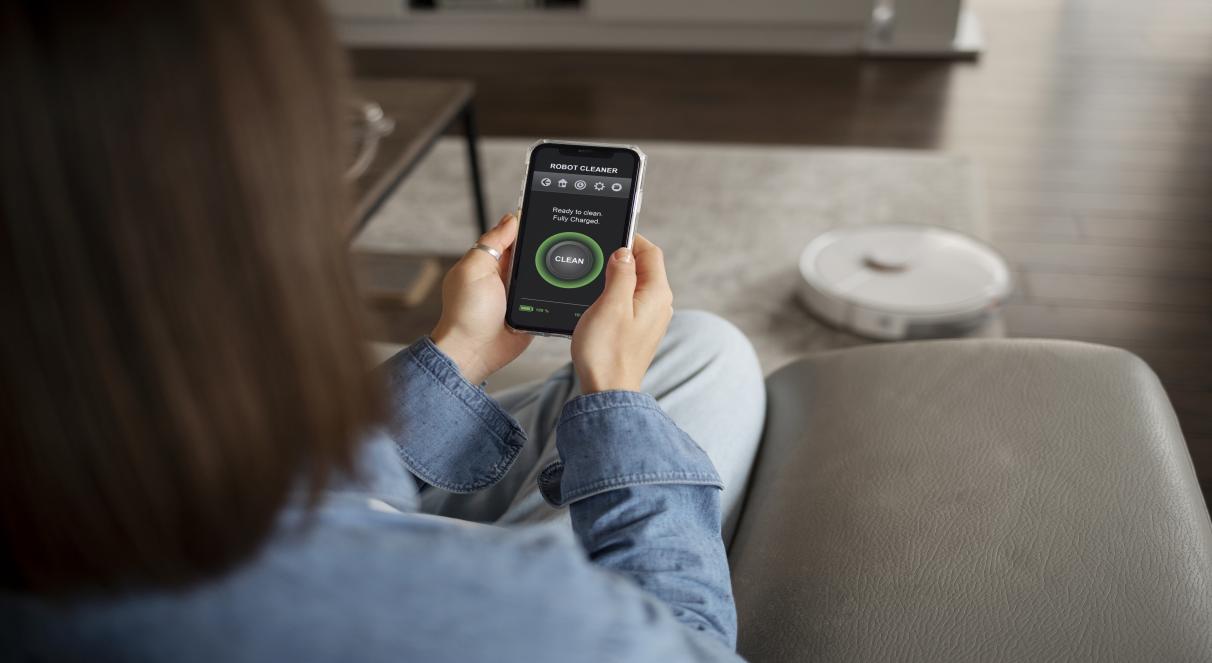Home Automation Protocols and Standards

Home automation is more than just a smart light bulb or a connected thermostat; it’s an intricate web of technologies that communicate seamlessly to make our lives easier, safer, and more comfortable. At Wired Smart Solution, we recognize the importance of these underlying protocols and standards that make it all possible. Whether you’re building a new smart home or upgrading an existing one, understanding these protocols can help you make informed decisions that will affect the efficiency and reliability of your automated systems.
Table of Contents
ToggleKey Takeaways
- Communication: Home automation relies on intricate protocols that enable devices to communicate seamlessly, enhancing the convenience, safety, and comfort of your home.
- Versatility: Different protocols like Zigbee, Z-Wave, Wi-Fi, Bluetooth, and Thread offer solutions tailored to various automation needs, from low-power devices to high-bandwidth applications.
- Interoperability: Industry standards such as IEEE, IETF, and ITU-T ensure that devices from different manufacturers work together smoothly, avoiding a fragmented and complicated smart home setup.
- Selection: Choosing the right protocol depends on key factors like range, power consumption, and the specific types of devices you plan to integrate, with options like Zigbee for low power and Wi-Fi for high bandwidth.
- Future Proofing: Opting for emerging protocols like Thread provides enhanced scalability, security, and flexibility, ensuring your smart home remains reliable and adaptable over time.
What Are Home Automation Protocols and Standards?
Home automation protocols are the languages that smart devices use to communicate with each other. These protocols ensure that different devices, even from different manufacturers, can work together harmoniously. Standards, on the other hand, are the guidelines that ensure these protocols are consistent and interoperable across the board.
Popular Home Automation Protocols
- Zigbee: Zigbee is a low-power, low data rate wireless communication protocol. Because Zigbee adheres to the IEEE 802.15.4 standard, it is engineered to function well with other Zigbee enabled devices.
- Z-Wave: Z-Wave is another wireless communication protocol, but unlike Zigbee, it operates on a mesh network, which allows for more extensive coverage in a home environment. Z-Wave is known for its reliability and is often used in security systems and smart thermostats.
- Wi-Fi: Wi-Fi is perhaps the most common protocol, as it’s widely used in homes for internet connectivity. Wi-Fi is commonly utilized for high bandwidth applications such as security cameras and streaming devices in home automation. Its increased power consumption, however, can be a disadvantage for gadgets that run on batteries.
- Bluetooth: Bluetooth is known for its low energy consumption, making it perfect for short-range communication between devices like smart locks and wearables. The latest version, Bluetooth 5.0, offers enhanced range and speed, making it more viable for home automation applications.
- Thread: Thread is a newer protocol designed specifically for IoT devices. It’s low-power, secure, and supports mesh networking, making it a strong contender in the home automation space.
The Importance of Standards in Home Automation
Standards such as IEEE, IETF, and ITU-T provide a common framework that allows devices from different brands to communicate effortlessly, ensuring interoperability and a smoother smart home experience.
Without these industry wide standards, the smart home ecosystem would become fragmented, forcing users to manage each device through separate apps and control systems, leading to a less cohesive and more complicated setup.
How to Choose the Right Protocol for Your Home
- When choosing devices for your smart home, it’s important to assess key factors such as the communication range, power consumption, and the specific types of devices you intend to integrate. For example, protocols like Zigbee or Z-Wave are particularly well suited for automating lighting, security systems, and other low-power devices due to their efficient communication and low energy usage.
- If your smart home setup includes high-bandwidth applications, such as streaming devices or security cameras, Wi-Fi may be the necessary choice despite its higher power consumption. However, balancing this with energy efficiency will be crucial for a sustainable smart home environment.
- Looking ahead, it’s beneficial to consider the future scalability and security of your smart home. Emerging protocols like Thread are designed with these aspects in mind, offering enhanced flexibility and robust security features, making them a promising option as your smart home ecosystem evolves over time.
Conclusion
Understanding home automation protocols and standards is essential for building a smart home that is not only efficient but also future-proof. By incorporating the right services and choosing the right protocols, you ensure that your devices will communicate effectively and securely. At Wired Smart Solution, we can help you navigate these choices and create a seamless smart home experience. To begin your journey toward a smarter, more connected home, get in touch with us right now.
FAQs
Zigbee and Z-Wave are both wireless communication protocols used in home automation, but they operate on different frequencies and have different ranges.
Wi-Fi is suitable for high-bandwidth devices like security cameras and streaming services. However, it may not be ideal for all smart home devices due to its higher power consumption and limited range compared to protocols like Zigbee or Z-Wave.
Thread compatibility means that the device supports the Thread protocol, which is a low-power, secure, and scalable protocol designed for IoT devices in the smart home.
Yes, but they may require a hub or bridge that supports multiple protocols to communicate with each other effectively. Devices adhering to common standards are more likely to work seamlessly together.
Consider future-proofing by opting for devices that support emerging protocols like Thread. Also, ensure that your chosen devices can integrate well with your existing setup and follow widely recognized standards.
Useful Links
Sitemap
Subscribe
Stay always in touch! Subscribe to our newsletter.

